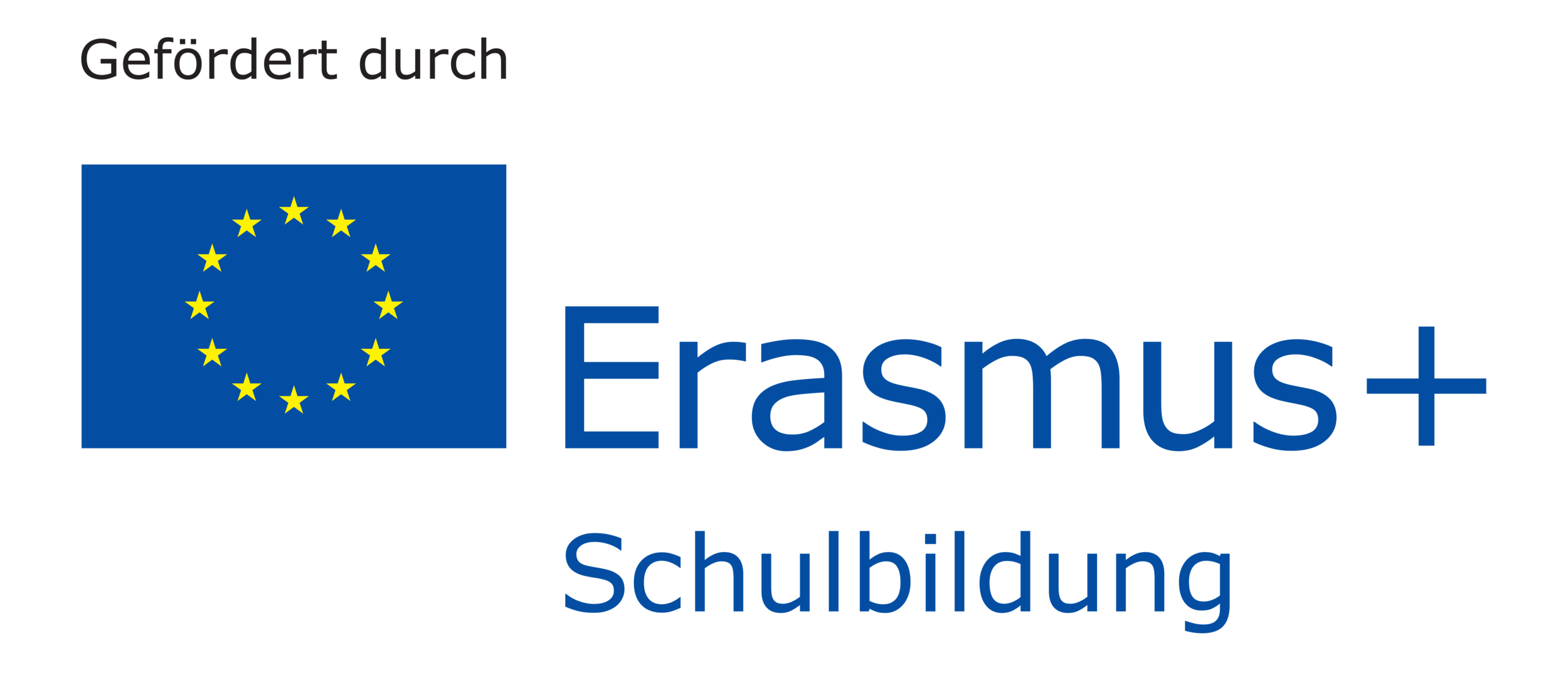Profile of Diversity Sensitive Educators in the Sense of Inclusion
When families enter an international kindergarten setting with multilingual children from different parts of the world, it is especially important for inclusion to be openly communicated and realized in the admission of all children with and without language skills of the home language. In addition, when the concerns of the other parents regarding inclusion are addressed from the beginning, a family such as Anahera’s will have a comfortable and safe space in the kindergarten (Wertlieb, 2018).
This can be addressed with families in discussions of the expansion of the play material, with additional sensory, nature and art options, allowing all children more holistic experiences as well as concepts such as the “the environment as the third teacher” (Staley, 1998).
Kindergartens are constantly evolving through these experiences. Although the time required to embrace diversity-sensitive education is much greater than expected, due to many informal discussions needing to be conducted and more external contacts to be made, the benefits are immeasurable. Taking into consideration children with different traits becomes more natural and children with other abilities and disabilities can find it easier to integrate into the group. All children are experiencing how much can be learned and how they are clever and competent in their own way, and by showing them how important differences are through the practice of acceptance and inclusion, their experiences can be that much more enriched.
“Inclusive diversity sensitive concepts
When settling in children who are diagnosed in needing different kinds of professional support, educators must take care to create a proper ratio within the group. This number is determined by the child-educator ratio and the age group.
It is always helpful for parents and educators to communicate in advance about the additional therapies and time of kindergarten stay.
Additional staff with a background in special early childhood needs is helpful, if they are not immediately in the group. Having a resource for the educators as well as the families to reach out to is very important.
An inclusion officer responsible for the inclusive development of the kindergarten might be found.
The inclusive development of facilities and teams is accompanied by supportive measures (e.g. coaching, supervision, trainings, and professional development). . ”

